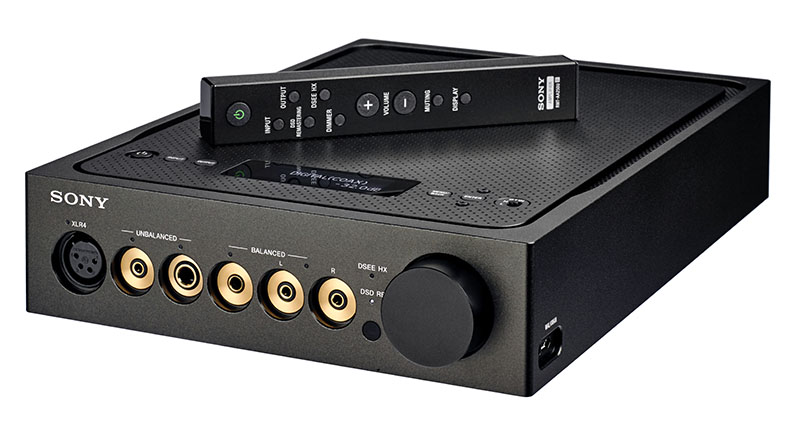What Hi-Fi? Verdict
This Sony is a fine, capable and well-equipped DAC that is packed with clever technology
Pros
- +
Articulate and refined sound
- +
A clean, crisp presentation
- +
Well equipped
- +
Fine build and finish
- +
Clever engineering
Cons
- -
Lacks a bit of excitement
- -
Analogue input could be better
- -
Preamp section could be better
Why you can trust What Hi-Fi?
From the development of CD and the Walkman to the various Playstation incarnations, Sony has had a dramatic effect on the world of home electronics.
And let’s not forget the major role the brand had in establishing DVD and Blu-ray, let alone its impact as a film studio.
To mark its 70th anniversary this year, the electronics powerhouse has released a range of Signature products.
These are distinctly premium products – two portable music players (£1025 and £2562), a pair of closed-back headphones (£1700) and the TA-ZH1ES DAC we have on test here.
Think of them as a showcase for everything the company has learnt over the last seven decades.
MORE: Sony's new NW-WM1Z is a €3300 gold-plated Walkman
Features
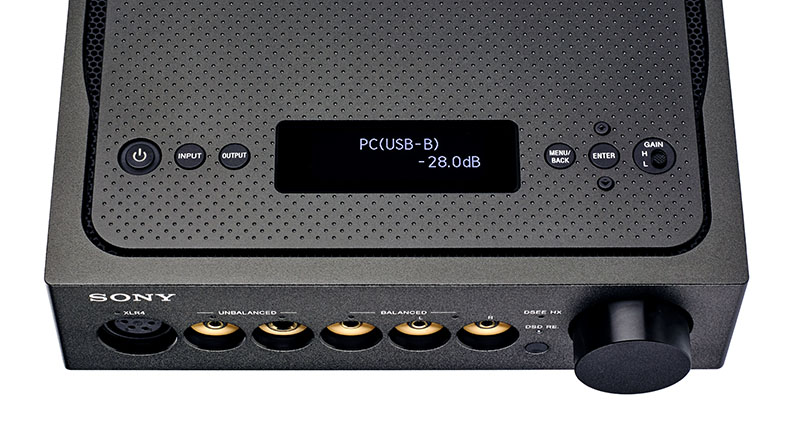
Given Sony’s background it comes as no surprise to find the TA-ZH1ES crammed with interesting technology. At its heart is the latest version of the company’s S-Master digital amplification circuit.
This can process the incoming digital signal directly, so simplifying the signal path compared to conventional alternatives.
But there’s a twist here. The engineers have added an analogue amplifier into the mix to correct any distortion caused by the digital section.
Digital amplification can be sensitive to the electrical load it is connected to, so in this case the analogue section compensates for any distortion caused by the type of headphones used. This hybrid approach is both unusual, and mighty clever.
Take a look inside and apart from a neat circuit layout you’ll also find a high capacity FPGA (Field Programmable Gate Array) chip.
This is loaded with Sony’s proprietary software designed for a whole range of processing functions. The highlights can be broken down into three main blocks – DSEE HX, DSD Remastering and DC Phase Linearizer.
MORE: Best hi-fi deals – CD players, amps, DACs and more
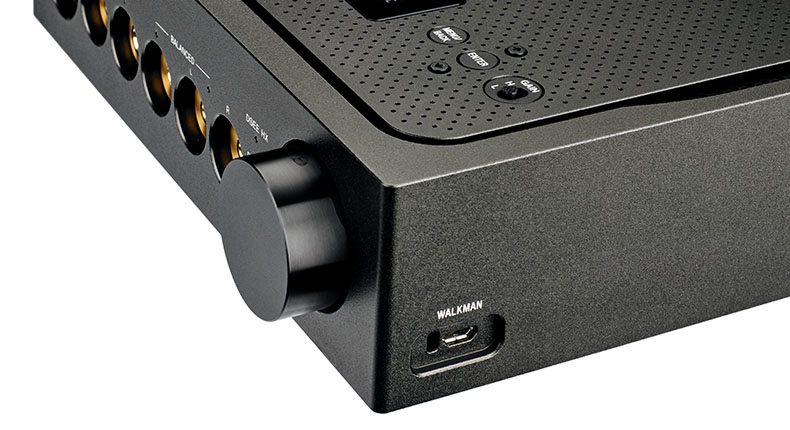
The company has promoted its DSEE (Digital Sound Enhancement Engine) software for a number of years. It was originally designed to improve the sound of lower bit rate PCM files, but now works even on hi-res files.
The idea is to fill in any sonic information lost in the digital process. It’s a clever piece of software that’s much more than just upscaling.
In the latest HX form it is offered with five options designed to prioritise things like male or female voices, percussion and even strings.
We listen to the choices (with a range of recordings), and like the default ‘Standard’ setting the best. Even so, turning the function off altogether resulted in the most transparent sound in our set-up.
DSEE HX adds a sense of space and a little more flow, but loses too much in the way of timing and dynamic punch for our tastes.
You also have a choice as to how the TA-ZH1ES processes the digital music stream. A typical PCM music stream can be converted to DSD in the initial part of processing or left alone. Here, perhaps surprisingly, we prefer the DSD option. It has a more fluid sound.
The grandly named DC Phase Linearizer is meant to give this Sony’s sound the phase characteristics of a typical analogue amplifier. It’s meant to give a slightly richer, full-bodied flavour.
We find it thickens the lower frequencies without offering anything obviously positive, and generally leave it off.
MORE: DACs - everything you need to know
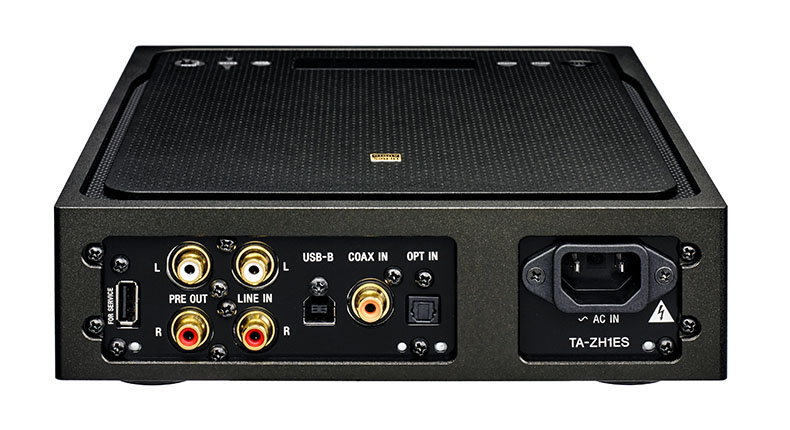
File compatibility is excellent. The TA-ZH1ES can handle PCM files to 32-bit/768kHz and up to DSD 22.4MHz.
It’s as future proof as any current product can be, and though some may point to the lack of MQA, this format has yet to make a discernable impact.
We’re impressed by the connectivity too. There’s the normal trio of digital inputs – USB Type B, optical and coax – as well as a micro USB on the side (marked Walkman) and a single-ended analogue option.
Being a digital amp, the analogue signal is converted to digital before any other processing takes place. It’s no surprise to find there are various grades of PCM and DSD it can be converted to.
To our ears PCM 192kHz gives the best overall balance between attack and finesse.
MORE: Hi-res audio - everything you need to know
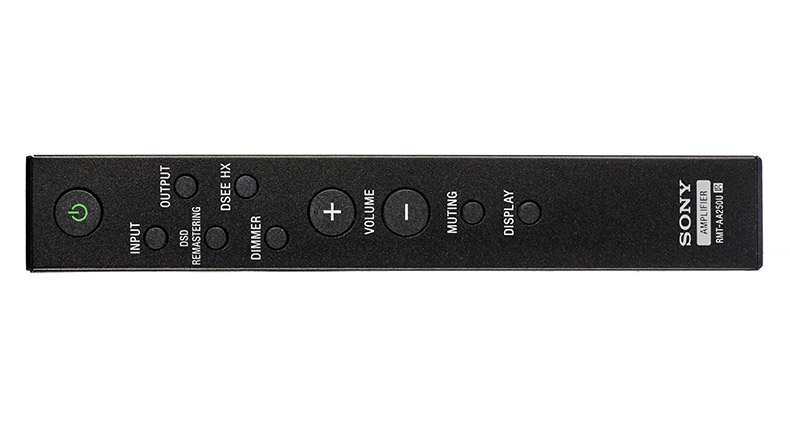
One look at the front panel is enough to tell you that there’s no shortage of headphone outputs. You have single-ended in 3.5mm and 6.3mm forms, balanced in a single 4.4mm option or dual 3.5mm and a XLR4. Only one of these can be used at a time.
Around the back you’ll find a pair of stereo RCAs (with a setting to toggle between fixed and variable output).
These, along with a stick of a remote handset, mean that the TA-ZH1ES can be used as a full-function preamp as well as a conventional line-level DAC. This makes it more versatile than the usual all-digital DACs we normally see.
Build
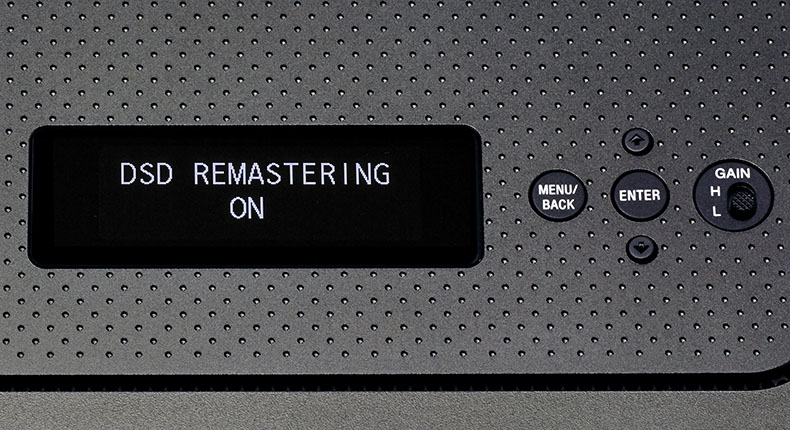
Build quality is as slick as we’d expect from one of Sony’s premium products. The casework mixes aluminium with steel sections, and is rigidly braced and structurally tuned to minimise resonances.
The idea is to give the electronics a solid, well-damped foundation to work from.
The unit’s controls are simple, though the menu’s operational logic means that the myriad of processing options is cumbersome to work through. The display is small but clear, though.
MORE: Best DACs 2016
Sound
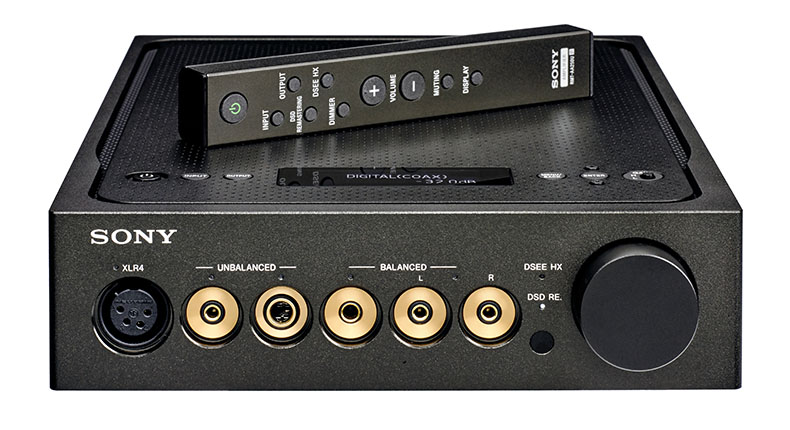
We try a range of headphones from our reference BeyerDynamic T1 Gen.2s and Grado PS500s through to Sony’s own partnering £1700 Signature MDR-Z1Rs. The latter allows us to use the TA-ZH1ES with its balanced output.
Sources range from our Macbook Air (loaded with Pure Music software) to our Naim NDS/555PS streamer with a Cyrus CDi CD player providing an alternative digital source.
When using the Sony as a DAC, our usual Gamut D3i/D200i pre/power and ATC SCM50 speakers joined in.
Once up and running the TA-ZH1ES is an immensely capable unit. There’s much to admire in this Sony’s sound. It has an impressively crisp and clean presentation, but avoids being thin or sterile.
There’s a pleasant sweetness to the sound and plenty of refinement, which makes it easy to listen to over long sessions.
MORE: Best hi-fi systems 2017
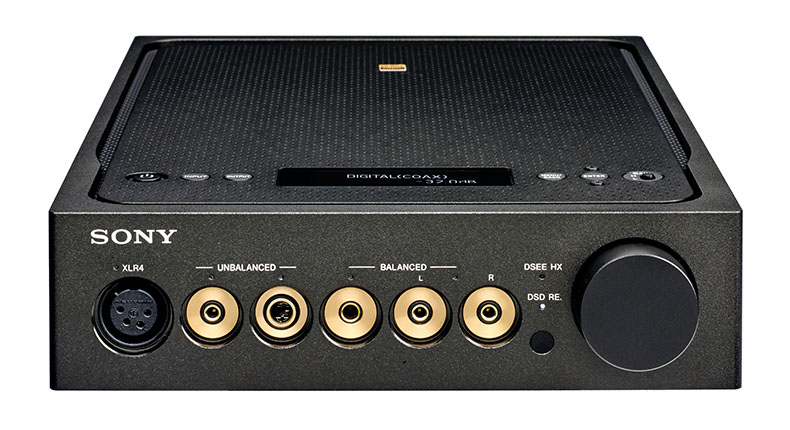
We start with Explosions In The Sky’s The Wilderness and like the confident way this DAC renders the dense production. There’s a lot going on in this album but the Sony always sounds controlled and organic.
It may be an odd thing to say about electronic music, but the recording has lovely rounded quality coupled with a degree of warmth that the TA-ZH1ES captures well.
It stays insightful even as the title track builds into a powerful crescendo. There’s plenty of power in the sound and a wealth of low-end weight and texture. We’re impressed.
Playing the more intimate Skeleton Tree by Nick Cave shows off the Sony’s ability to dig up low-level details. It captures Cave’s heartfelt vocals on Rings Of Saturn well, delivering the dynamic nuances with finesse.
This isn’t the cleanest of recordings and the DAC makes that clear, but still offers a precise and organised view of the song. Rhythmically, it’s not quite as adept as Chord’s cheaper Hugo at conveying the steady momentum of the piece.
The Chord is an even more expressive listen, particularly when it comes to dynamic punch. It manages to uncover even more of the song’s emotional impact than the Sony.
MORE: Chord Hugo review
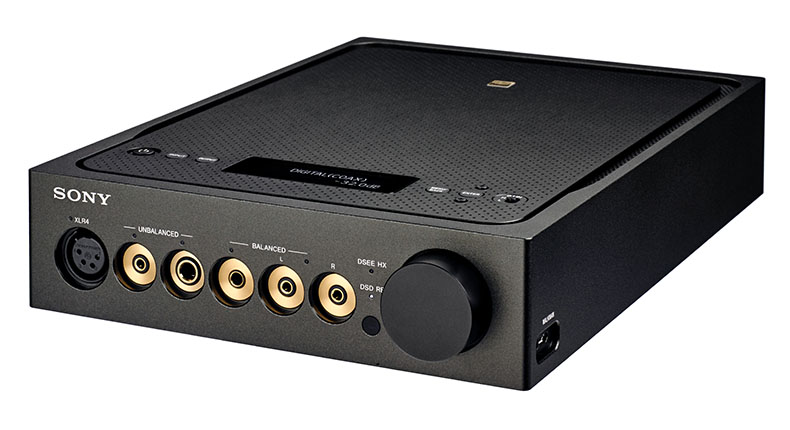
We work through a range of high-resolution recordings from The Dark Knight Rises OST (24-bit/192kHz) to Stevie Wonder’s masterpiece Innervisions (DSD) and the Sony works well with both formats.
We like its clarity, convincing tonal balance and ability to uncover fine detail without sounding overly analytical. But, we also notice the shortfalls in timing and attack when compared to rivals such as the Hugo, and at a higher price point, Copland’s DAC215.
The analogue input turns out to be a disappointment. It sounds soft and compressed compared to the digital side. The PCM conversion option adds more bite than DSD, but neither sound particularly insightful or exciting.
Our findings so far take in the Sony used as a DAC in our reference system and how it sounds with headphones.
We also try the TA-ZH1ES as a preamp feeding our Gamut D200i as well as a more price compatible alternative in the form of Leema’s Elements power amp. We’re left with mixed feelings.
The sound remains neat and detailed but lacks some of the sparkle and openness we hear through headphones and when feeding our reference preamp.
MORE: Copland DAC 215 review
Verdict
This Sony is a product that we admire rather than love. It’s nicely made and there’s some really clever technology incorporated. When it comes to features it’s second to none.
While some aspects of performance could be better there remains much to like. If you’re looking for a quality desktop DAC it’s certainly worth an audition.
See all our Sony reviews
What Hi-Fi?, founded in 1976, is the world's leading independent guide to buying and owning hi-fi and home entertainment products. Our comprehensive tests help you buy the very best for your money, with our advice sections giving you step-by-step information on how to get even more from your music and movies. Everything is tested by our dedicated team of in-house reviewers in our custom-built test rooms in London, Reading and Bath. Our coveted five-star rating and Awards are recognised all over the world as the ultimate seal of approval, so you can buy with absolute confidence.
